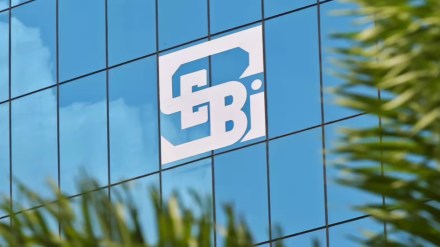The Securities and Exchanges Board of India (Sebi) on Thursday floated a consultation paper proposing changes to the structure of large initial public offerings (IPOs), including increasing the allocation limit for institutional buyers and reducing the share of retail investors.
Changes by SEBI
The regulator sought feedback on changes on anchor investor norms, institutional lock-in periods, and transferring parts of retail quota to other segments.
Opinions to extend the lock-in periods for anchor investors beyond existing 30-day (50%) and 90-day (50%) requirements were considered to encourage longer holding, curb speculative exits and align with global best practices.
This was a major concern and led to stock-price crash post noted IPOs such as Swiggy. The regulator also asked for public input on whether the retail investor quota should be revised, with the rationale of a surge in participation and concerns that large issues might not be fully subscribed by small investors.
FPIs
“FPIs are active participants in IPOs. However, the current cap on the discretionary (anchor) portion poses challenges in attracting large FPIs and global investment funds, who typically have diverse investment horizons and prefer large, assured allocations,” Sebi said.
In the past five years, the average IPO size on the main board has been above ₹3,000 crore, with even smaller issues exceeding ₹300–₹500 crore. Anchor allocation of up to ₹10 crore to a maximum of two investors has become virtually redundant.
“To address this issue, it is proposed to increase the number of permissible anchor investor allocations of above ₹250 crore. A minimum of 5 and a maximum of 15 investors shall be allowed for allocations of up to ₹250 crore. For every additional ₹250 crore or part thereof, an additional 15 investors, instead of 10, may be permitted, subject to a minimum allotment of ₹5 crore per investor,” Sebi said.
Sebi aims to harmonize requirements between the ICDR (issue of capital and disclosure requirements) and LODR (listing obligations and disclosure requirements) Regulations through process simplifications. “It is a significant change in India’s IPO framework, making primary market vibrant while balancing growth, investor protection, and market stability,” said the head of a brokerage.
For small and medium (SME) IPOs, Sebi wants to increase the minimum application size from ₹1 lakh to ₹2 lakh or more, which could impact the definition and treatment of retail investors in these issues.
